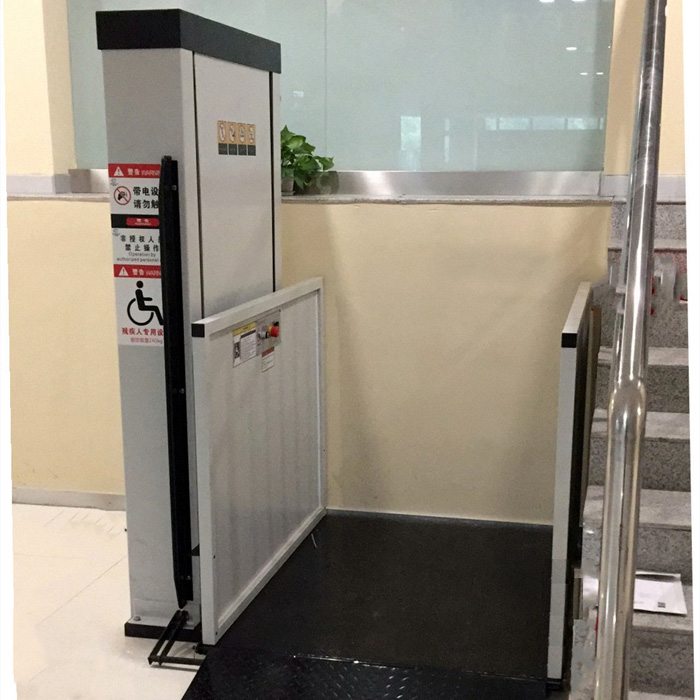
Disabled lifts—also known as accessibility lifts—are essential tools for creating inclusive spaces, helping people with mobility challenges move between floors or across uneven surfaces without strain. Unlike standard elevators, these lifts are designed for ease of use, compact installation, and tailored support, making them vital in homes, public buildings, and commercial spaces alike.
One of the key strengths of disabled lifts is their adaptability to different environments. In residential settings, vertical platform lifts work well for homes with limited space, fitting into small corners or alongside staircases to connect ground and upper floors. They often include features like foldable platforms to save space when not in use and quiet motors to avoid disrupting daily life. For public buildings such as malls, hospitals, or schools, inclined platform lifts are a popular choice—they attach to existing staircases, following the slope to provide a smooth ride, and can accommodate wheelchairs of various sizes. Some models even have weatherproof designs, making them suitable for outdoor areas like parking lots or garden paths, where steps might block access.
Safety is a top priority in disabled lift design, with multiple features to protect users. Emergency stop buttons are prominently placed on both the lift platform and control panels, allowing users or bystanders to halt operation instantly if needed. Non-slip surfaces on platforms prevent slips, even when wet, and safety rails or barriers keep users secure during movement. Many lifts also include sensor technology that detects obstacles—if something blocks the lift’s path, it automatically stops to avoid collisions. For power outages, battery backup systems ensure the lift can lower users safely to the ground floor, eliminating the risk of being stranded.

User-friendliness is another critical aspect. Controls are designed to be intuitive, with large, easy-to-read buttons and clear labels—some even include audio prompts to guide users with visual impairments. Adjustable speed settings let users choose a pace that feels comfortable, and many lifts have slow-start and slow-stop functions to prevent sudden jolts. For caregivers assisting users, some models offer remote controls, allowing them to operate the lift from a short distance to ensure a smooth transition.
Proper maintenance is essential to keep disabled lifts running reliably. Regular checks (every 3–6 months) should include inspecting the lift’s cables, belts, and motors for signs of wear, as well as testing safety features like emergency stops and sensors. Keeping the platform and controls clean—using mild soap and water—prevents dust and debris from interfering with operation. Lubricating moving parts (as recommended by the manufacturer) reduces friction and extends the lift’s lifespan. It’s also important to address small issues promptly, such as unusual noises or slow movement, as these can indicate larger problems that may lead to breakdowns if ignored.
In summary, disabled lifts are more than just accessibility tools—they’re instruments of independence, allowing people with mobility challenges to move freely and safely. By choosing the right lift for the environment, prioritizing safety features, and following regular maintenance practices, spaces can become truly inclusive, ensuring everyone has equal access to all areas. Whether in a home, hospital, or public building, a well-maintained disabled lift is a valuable investment in accessibility and quality of life.
